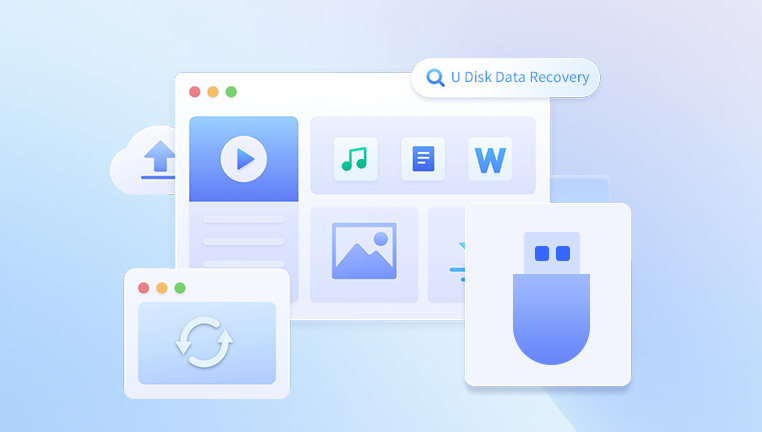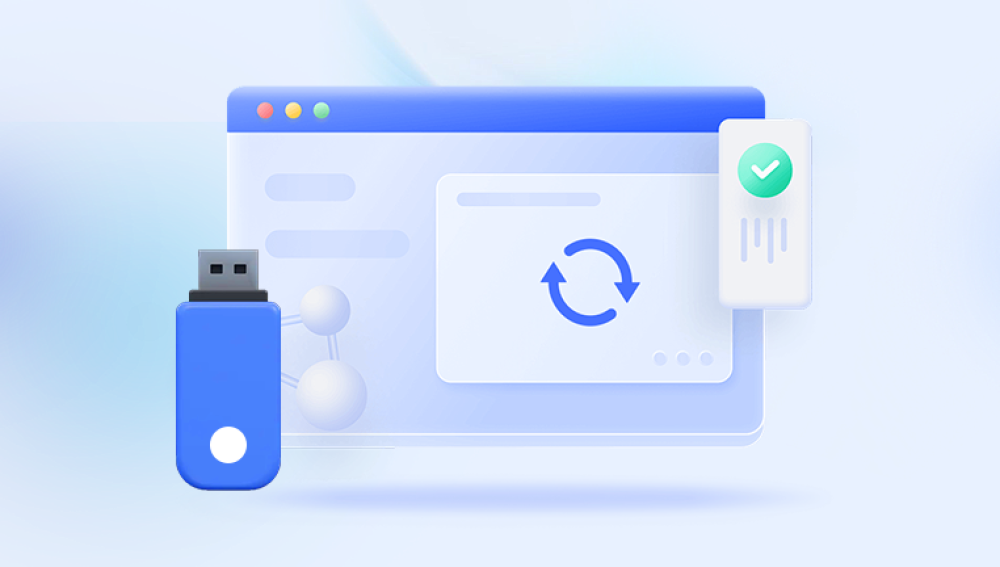Whether due to accidental deletion, formatting, corruption, or a virus attack, losing important files from a USB flash drive can be distressing. USB flash drives, known for their portability and convenience, are widely used for transferring and storing data. However, their frequent use also makes them susceptible to data loss. When files disappear from a USB flash drive, it’s essential to have reliable data recovery software to restore lost data effectively.
What is Drecov Data Recovery Software?
Drecov Data Recovery Software is a comprehensive tool designed to recover lost, deleted, or inaccessible data from various storage devices, including USB flash drives, hard drives, memory cards, and more. It is renowned for its user-friendly interface, powerful recovery capabilities, and support for a wide range of file types and storage devices. This software aims to provide a seamless data recovery experience for both novice and advanced users.

Key Features of Drecov Data Recovery Software
Comprehensive File Recovery: Drecov Data Recovery Software supports the recovery of a wide range of file types, including documents, photos, videos, audio files, and emails. Whether you have lost a single file or an entire folder, the software can help retrieve it.
Multiple Recovery Modes: The software offers various recovery modes to cater to different data loss scenarios:
Quick Scan: For recently deleted files, this mode provides a fast and efficient recovery process.
Deep Scan: For more complex data loss situations, such as formatted drives or corrupted files, the deep scan thoroughly searches the storage device to recover lost data.
Preview Functionality: Before finalizing the recovery, Drecov Data Recovery Software allows users to preview recoverable files. This feature helps in selecting the exact files needed for recovery, saving time and storage space.
User-Friendly Interface: The software is designed with a simple and intuitive interface, making it accessible for users with varying levels of technical expertise. The step-by-step recovery process ensures that even beginners can navigate and use the software effectively.
Support for Various Storage Devices: Besides USB flash drives, the software supports data recovery from hard drives, SSDs, memory cards, digital cameras, and other storage media.
File System Compatibility: Drecov Data Recovery Software is compatible with various file systems, including FAT, NTFS, HFS+, and exFAT. This compatibility ensures that users can recover data from different types of storage devices and operating systems.
Benefits of Using Drecov Data Recovery Software
Efficiency and Speed: The software’s advanced algorithms ensure quick and efficient data recovery, minimizing downtime and allowing users to resume their activities without significant delays.
High Recovery Rate: Drecov Data Recovery Software boasts a high success rate in recovering lost or deleted files. Its deep scan capability enhances the chances of retrieving data from severely damaged or corrupted storage devices.
Safety and Security: The software operates in a read-only mode, ensuring that no additional data is written to the storage device during the recovery process. This approach prevents further data corruption and ensures the safety of existing data.
Cost-Effective Solution: Investing in Drecov Data Recovery Software is a cost-effective alternative to professional data recovery services, which can be expensive and time-consuming. The software provides a reliable solution for personal and professional data recovery needs.
Step-by-Step Guide to Using Drecov Data Recovery Software
Step 1: Download and Install the Software
Visit the official Drecov Data Recovery Software website and download the installation file.
Run the installer and follow the on-screen instructions to complete the installation process.
Step 2: Launch the Software
After installation, launch Drecov Data Recovery Software from your desktop or start menu.
Step 3: Connect the USB Flash Drive
Connect the USB flash drive from which you want to recover files to your computer. Ensure that the computer recognizes the drive.
Step 4: Select the USB Flash Drive
In the software interface, you will see a list of available storage devices. Select the USB flash drive from which files have disappeared.
Step 5: Choose the Recovery Mode
Choose between Quick Scan and Deep Scan based on the severity of data loss. For recently deleted files, a Quick Scan may suffice. For more complex cases, select Deep Scan.
Step 6: Start the Scanning Process
Click on the “Scan” button to initiate the scanning process. The software will begin searching for lost files on the selected USB flash drive.
Step 7: Preview and Select Files for Recovery
Once the scan is complete, the software will display a list of recoverable files. Use the preview feature to view the contents of the files.
Select the files you want to recover by checking the corresponding boxes.
Step 8: Recover the Files
Click on the “Recover” button and choose a safe location on your computer to save the recovered files. It is advisable not to save the files back to the same USB flash drive to prevent overwriting existing data.
Step 9: Verify the Recovered Files
After the recovery process is complete, navigate to the designated location on your computer to verify that the recovered files are intact and accessible.
Tips for Preventing Data Loss
Regular Backups: Regularly back up important data to multiple storage devices or cloud storage services to ensure you have copies in case of data loss.
Safely Eject USB Drives: Always use the “Safely Remove Hardware” option before disconnecting a USB flash drive from your computer to prevent data corruption.
Avoid Physical Damage: Handle USB flash drives with care to avoid physical damage that can lead to data loss.
Use Reliable Antivirus Software: Protect your computer and USB flash drives from malware and viruses by using reliable antivirus software and keeping it updated.
Monitor Drive Health: Use disk health monitoring tools to check the status of your storage devices and take action if any issues are detected.
Drecov Data Recovery Software is a powerful and user-friendly tool designed to help users recover lost or deleted files from USB flash drives and other storage devices. With its comprehensive features, high recovery rate, and ease of use, it stands out as an essential tool for both personal and professional data recovery needs. By following the step-by-step guide and implementing preventive measures, users can effectively manage and safeguard their valuable data.




